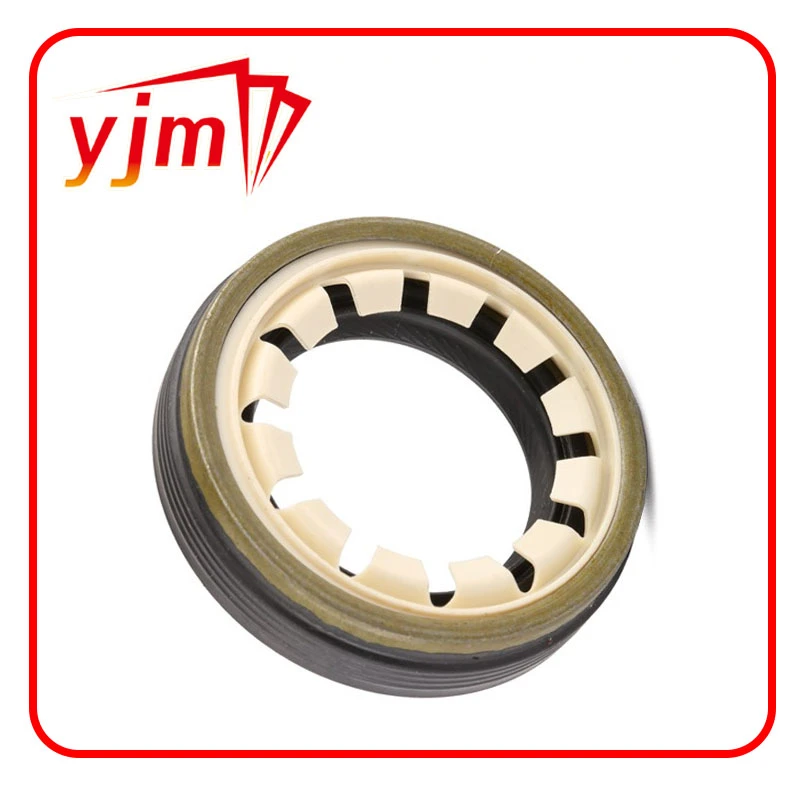rear diff pinion seal
Understanding Rear Differential Pinion Seal Importance, Functionality, and Replacement
The rear differential pinion seal is a crucial component in the drivetrain of vehicles equipped with rear-wheel drive or all-wheel drive systems. This small yet essential part ensures that the oil within the differential remains contained, preventing leaks and maintaining proper lubrication for the gears that enable smooth power transfer from the driveshaft to the wheels. In this article, we will explore the significance of the rear differential pinion seal, its functionality, signs of wear, and the process involved in replacement.
What is the Rear Differential Pinion Seal?
The rear differential pinion seal is located at the intersection where the driveshaft meets the rear differential. Its primary role is to keep lubricating fluid contained within the differential housing, which is essential for the optimal operation of the gears inside. The friction generated by these gears during vehicle motion necessitates the use of high-quality oil to minimize wear and tear, enabling the differential to function smoothly.
Why is the Differential Pinion Seal Important?
The rear differential contains a set of gears that facilitate the transfer of power from the engine to the rear wheels. Lubrication is essential in this process to reduce the friction and heat generated during operation. If the differential pinion seal fails, it can lead to several issues
1. Fluid Leakage A compromised seal will allow differential fluid to leak out, leading to a low fluid level. This can cause insufficient lubrication, leading to overheating and potential damage to the differential gears.
2. Increased Wear Without adequate lubrication, the gears will experience increased friction, leading to premature wear and eventual failure. This might result in costly repairs or even the need for a complete differential replacement.
3. Noise and Vibration A failing pinion seal can lead to increased noise and vibration during operation, which can affect the overall driving experience and indicate underlying problems with the differential itself.
Signs of a Failing Rear Differential Pinion Seal
Recognizing the signs of a failing rear differential pinion seal is vital for maintaining the health of your vehicle's drivetrain. Some common indicators include
- Oil Puddles Spotting oil under your vehicle's rear end can be a clear sign of a leaking pinion seal. - Unusual Whining Noises If you notice a whining or grinding noise coming from the rear of the vehicle, it may be due to insufficient lubrication caused by a leaking seal. - Vibrations Increased vibrations during driving can also be attributed to issues within the differential caused by a failing seal.
rear diff pinion seal

Replacement Process
If you suspect a problem with your rear differential pinion seal, it's crucial to address it promptly to avoid further damage
. The replacement process typically involves the following steps1. Diagnosis First, confirm that the pinion seal is indeed the source of the issue. Inspection underneath the vehicle can reveal leaks or damage.
2. Drain Differential Fluid Before replacing the seal, the differential fluid must be drained to avoid spills and leaks during the replacement.
3. Remove the Driveshaft To access the pinion seal, the driveshaft needs to be detached from the differential.
4. Remove the Old Seal Use a seal puller or flathead screwdriver to pry out the old pinion seal carefully.
5. Install the New Seal Before installation, lightly lubricate the rubber on the new seal. Gently press the seal into place, ensuring it is seated evenly.
6. Reassemble Reattach the driveshaft and refilled the differential with the appropriate fluid, ensuring there are no leaks.
7. Test Drive Finally, take the vehicle for a test drive to ensure that everything is functioning correctly and that there are no further leaks.
Conclusion
The rear differential pinion seal may be a small component, but its role in maintaining the drivetrain's health is significant. Regular inspection and maintenance can prevent potential issues, ensuring that your vehicle runs smoothly and efficiently. If you're experiencing any symptoms related to the differential, it's wise to consult a professional mechanic to avoid more costly repairs down the line. Remember, taking proactive measures can significantly enhance the longevity and performance of your vehicle.
-
The Ultimate Guide to Boat Propeller Bearings and Trailer Wheel Bearings
News Jul.31,2025
-
The Essential Guide to Marine Bearings and Boat Trailer Wheel Bearings
News Jul.31,2025
-
The Complete Guide to Heavy Duty Seals: Protecting Doors and Spaces Efficiently
News Jul.31,2025
-
Essential Guide to Marine Shaft Bearings and Boat Trailer Axle Bearings
News Jul.31,2025
-
Comprehensive Guide to Marine and Trailer Bearings for Safe Boating and Transport
News Jul.31,2025
-
Comprehensive Guide to Automotive Oil Seals: Protecting Your Engine and Shafts
News Jul.31,2025
-
Understanding Automotive Oil Seals: Essential Components for Engine and Shaft Protection
News Jul.30,2025
Products categories















